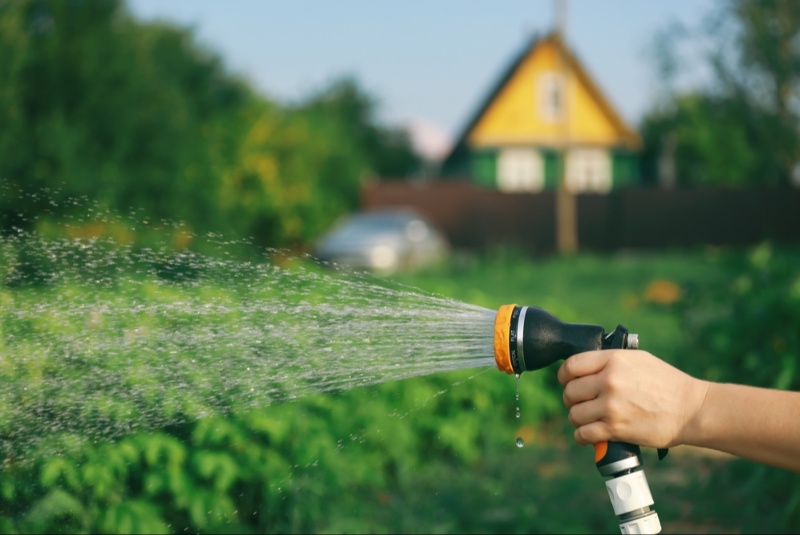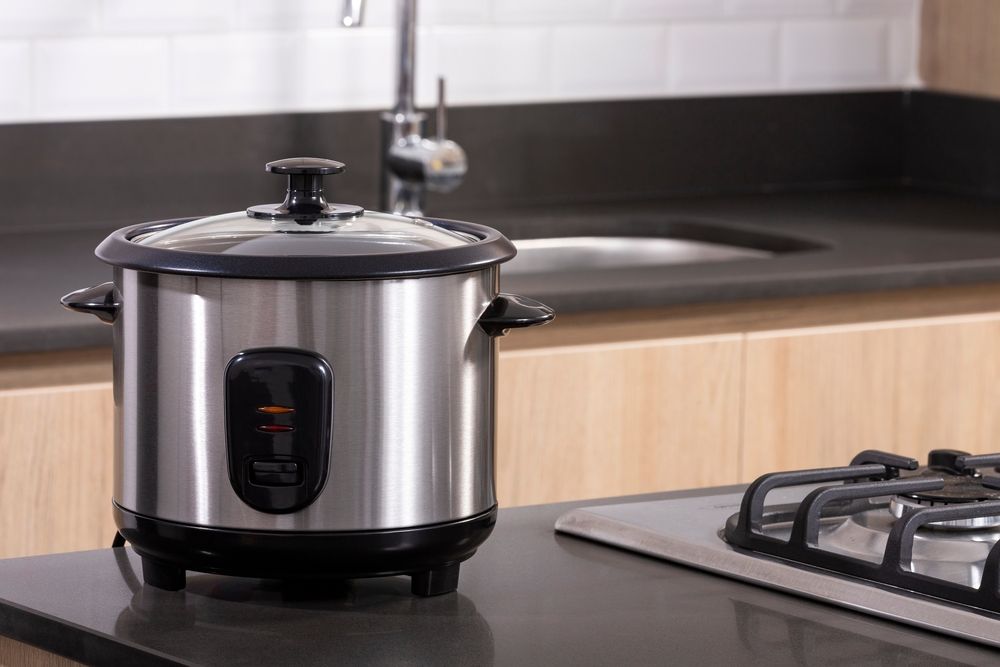Gardening hoses are a vital tool for any gardener, serving a variety of purposes from watering plants to cleaning outdoor spaces. However, with the plethora of options available, choosing a reliable and efficient hose can be a daunting task. This 1,200-word article aims to provide a comprehensive guide to help you buy a gardening hose that meets your specific gardening needs.
Understanding Different Types of Hoses
The first step in choosing a gardening hose is understanding the different types available. The most common types include light-duty, medium-duty, and heavy-duty hoses. Light-duty hoses are typically made of thinner materials and are suitable for light watering tasks. Medium-duty hoses offer a balance between durability and flexibility and are ideal for general garden maintenance. Heavy-duty hoses, made of the strongest materials, are designed for intensive use and larger gardens. Additionally, there are specialty hoses, like soaker hoses for direct soil watering, and expandable hoses that stretch and retract.
Hose Material: Durability Meets Flexibility
Gardening hoses are made from various materials, including vinyl, rubber, and polyurethane. Vinyl hoses are lightweight and cost-effective, suitable for mild climates and light watering tasks. Rubber hoses are more durable and resistant to kinks and cracks, making them ideal for heavy-duty use and extreme weather conditions. Polyurethane hoses combine the durability of rubber with the lightweight nature of vinyl and are often lead-free and safe for drinking water. Consider the climate in your area and the intensity of your gardening tasks when choosing the hose material.
Length and Diameter: Tailoring to Your Garden's Size
The length and diameter of the hose are crucial for convenience and water flow. Hoses typically range from 25 feet to 100 feet in length. A longer hose ensures reach across a larger area but can be heavier and more difficult to store. The diameter, usually ranging from 1/2 inch to 3/4 inch, affects the water flow. A wider diameter provides a higher water flow, which is beneficial for tasks like filling a watering can or using a sprinkler. However, it's heavier and requires more storage space. Balance the size of your garden with the ease of use and storage when deciding on the hose's length and diameter.
Couplings and Fittings: Ensuring a Leak-Free Connection
The couplings, or fittings, at the end of the hose connect it to the water source and accessories. They can be made of plastic, aluminum, or brass. Plastic couplings are the least durable and most prone to leaks, while brass couplings are the most durable and resistant to leaks. Look for hoses with octagonal-shaped couplings, as they are easier to tighten and less likely to leak. Also, consider hoses with a built-in shutoff valve, which allows you to control the water flow directly from the hose.

Kink Resistance and Ease of Storage
A common frustration with gardening hoses is their tendency to kink, interrupting water flow. Look for hoses labeled as "kink-free," which have a more rigid construction to prevent kinking. The storage of the hose is another important factor. Some hoses can be heavy and cumbersome to move around. Options like wall-mounted reels or portable hose carts can make storage easier and extend the life of your hose by preventing it from being left on the ground.
Hose Strength and Burst Pressure
The strength of a hose is often indicated by its burst pressure, which is the water pressure at which it will rupture. Higher burst pressure indicates a stronger hose, suitable for high-pressure water systems and heavy-duty tasks. For most home gardening needs, a hose with a burst pressure of 350 psi (pounds per square inch) is sufficient. However, for more intensive use or for homes with high water pressure, opt for a hose with a higher burst pressure.
Additional Features: From UV Protection to Drinking Water Safety
Some hoses come with additional features like UV protection, which prevents the hose from degrading in the sun. If you're using your hose to fill pet bowls or kiddie pools, consider a hose that is safe for drinking water, which means it's free from harmful chemicals like lead and phthalates. These additional features can enhance the functionality and safety of the hose, tailored to specific uses.
Price Considerations and Warranty
The price of gardening hoses varies based on material, length, durability, and additional features. While it may be tempting to choose the cheapest option, investing in a higher-quality hose can save money in the long run by reducing the need for replacements. Also, check the warranty offered by the manufacturer. A longer warranty can be an indicator of a hose's quality and the manufacturer's confidence in its durability.
Eco-Friendly Options: Considering the Environmental Impact
In an era where environmental consciousness is increasingly important, considering the eco-friendliness of a gardening hose is essential. Eco-friendly hoses are typically made from recycled materials and are free from harmful chemicals like lead and phthalates, which are better for both the environment and personal health. Additionally, some hoses are designed to reduce water wastage, featuring water-saving nozzles or built-in timers that help regulate water use. These options are particularly beneficial for those looking to minimize their environmental footprint. While they might come at a higher initial cost, eco-friendly hoses offer the dual benefits of sustainability and safety, making them a worthy consideration for environmentally conscious gardeners.
Investing in the Right Tool for Your Garden
Choosing the right gardening hose involves balancing various factors such as type, material, length, and additional features. By considering these key aspects, you can select a hose that not only meets your gardening needs but also offers durability and efficiency. Remember, a good gardening hose is an investment in your garden's health and your convenience as a gardener.




